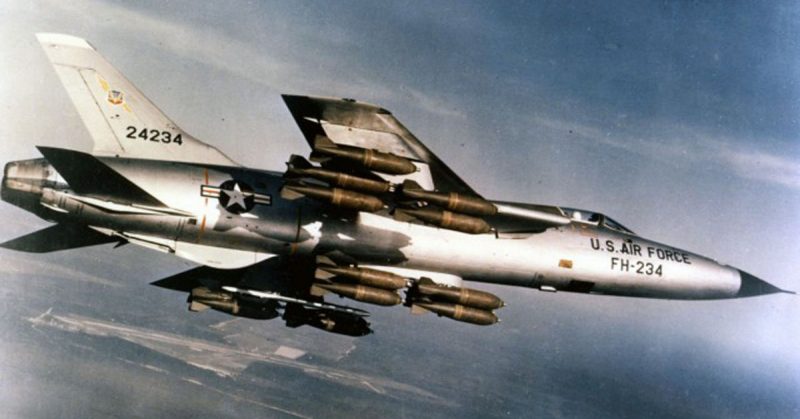In 1967, the US attacked an industrial facility in North Vietnam. During that siege, an American pilot saw his plane severely damaged from intense flak, both from the ground, as well as by fire from enemy aircraft.
Instead of heading back to base as he should have, however, he continued his assault. In so doing, he managed to destroy two missile sites, for which he received the Medal of Honor – America’s highest military award for acts of valor that only the bravest could ever commit. It’s probably because he was Merlyn.
It happened during the Vietnam War. Since the Americans couldn’t stop North Vietnam from supporting communist insurgency movements in South Vietnam, President Lyndon Johnson decided to play hardball by launching Operation Rolling Thunder on 2 March 1965.
His aim was to bomb North Vietnam back to the Stone Age without actually sending ground troops into the North. The idea was to ensure there’d be nothing left to send over to South Vietnam and to show that communism was a very bad idea. Not since the bombing raids on Germany and Japan during WWII had the US engaged in such intense and sustained mass destruction.
The region of Thái Nguyên had long been a producer of tea, but in 1917, Thái Nguyên City became a major center of the revolt against the French occupation. By 1956, it was one of the main headquarters of the Viet Minh, and by 1959, it was the center of North Vietnam’s developing metallurgical industry.
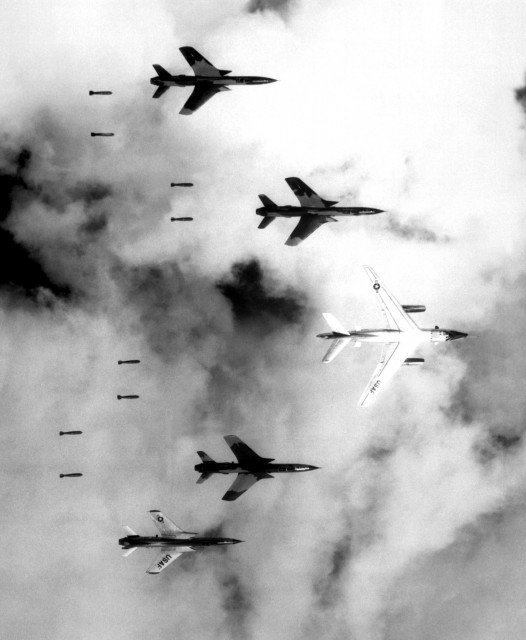
Still reeling from the damage caused by the war of independence against France, North Vietnam pinned much of its hopes on the city and its mill. As such, it was a major political, trade, transportation, railway, and communications hub.
With the onset of the Cold War, it received aid, funding, and technical expertise from the Soviet Union and the People’s Republic of China. Little wonder, then, that it was one of the most well-defended cities in North Vietnam: armed with a surface-to-air missile (SAM) complex, anti-aircraft guns, and a ring of automatic weapons. For the Americans, it was the perfect target.
Our story, however, doesn’t begin in Vietnam; it starts further east. King Bhumibol Adulyadej and Queen Sirikit of Thailand weren’t exactly fans of communism for obvious reasons. And since Laos to the north and Cambodia to the south were the only things that separated them from Vietnam, they invited the Americans over.
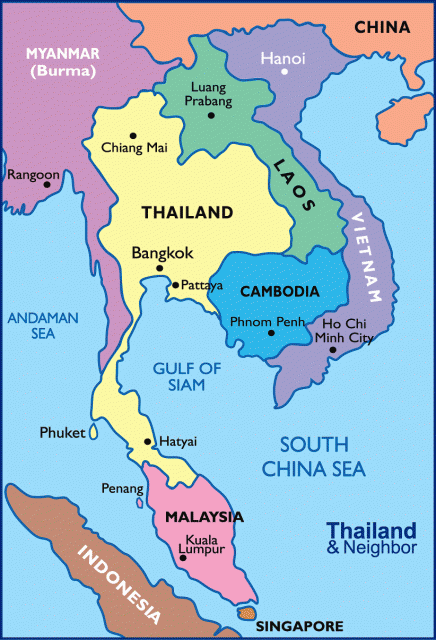
Much of Rolling Thunder’s aerial assaults were launched from the Thai air bases at Korat, Takhli, Ubon, and Udon Thani. The Thakhli Royal Thai Air Force Base in the Nakhon Sawan Province was relatively close to Thái Nguyên, so that’s where our story begins.
Merlyn Hans Dethlefsen joined the US Air Force in 1953 at the age of 19. In 1965, he earned a major in business from the University of Nebraska at Omaha, and the following year, he achieved the rank of Captain when he went on to make history.
On 1 March 1967, he was supposed to attack the Thái Nguyên Steel Mill, but it was the rainy season. Heavy clouds lay low over the cluster of tea-growing hills of the region, making visibility zilch.
On March 8, the clouds finally lifted, so Dethlefsen and his team took to the skies… only to turn back again because it started to rain cats and dogs. They comforted themselves by making secondary strikes, instead, including a few sorties in Laos to take out North Vietnamese and Viet Cong supply routes.
The skies finally cleared on March 10 and a strike force of 72 fighter-bombers made up of Republic F-105 Thunderchiefs, and McDonnell Douglas F-4 Phantom IIs took off from different airbases.
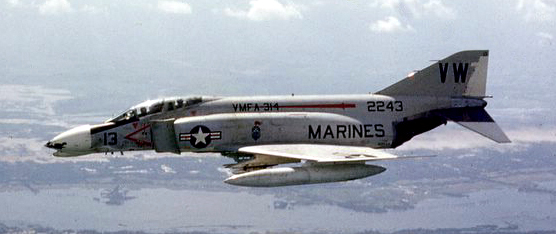
Flying ahead of them were four other F-105s. The number three plane was piloted by Dethlefsen, who served with the 354th Tactical Fighter Squadron, 355th Tactical Fighter Wing.
The four were on a fire-suppression mission to take out the enemy’s anti-aircraft defenses. They were to serve as a protective screen so that the 72 other planes could level the steel mill and supporting facilities with as little resistance as possible.
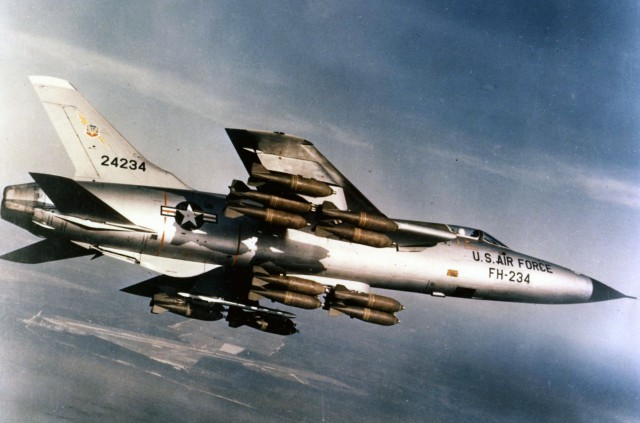
The lead plane was manned by flight leaders Major David Everson and Captain Jose Luna, they flew well ahead of the main bombing force. As they approached the mill complex, their plane was shot down by 85mm AAA fire. Everson and Luna survived but were taken prisoner. Their wingman (the plane that flies behind and to one side) was also badly hit, but it didn’t crash. It managed to return to base.
That left Dethlefsen and his wing man piloted by Major Kenneth Holmes Bell. Dethlefsen took charge. He ordered a second strike during which he took several hits from the anti-aircraft guns below. He veered off… straight into an incoming Russian Mikoyan-Gurevich MiG-21, a supersonic jet fighter plane. At such close range, the enemy pilot quickly hit both him and his wingman Bell.
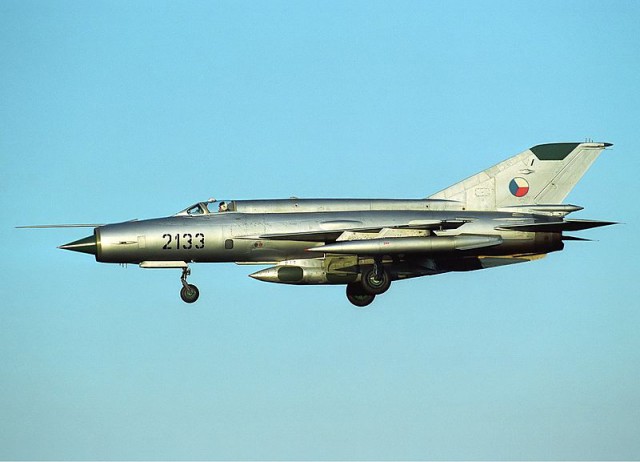
Rather than retreat, the two Americans managed to take out several anti-aircraft guns on the ground before veering off… only to find themselves up against a second MiG. More hits followed from the air and the ground.
Assessing the damage, Dethlefsen decided he could still go a few more rounds. Bell thought so too, so he went after the first MiG as it swooped back for a second shootout. The second MiG was still maneuvering out of its first strike, giving Dethlefsen the chance he needed to dive lower.
The Americans didn’t have much time. Their planes had taken severe damage. Dethlefsen had to take out as many SAMS as he could through repeatedly flying through the smoke and incoming anti-aircraft fire before the bombers arrived.
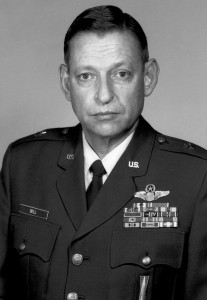
Diving kamikaze-like, he fired his 20 mm cannons, taking out two missile sites. Despite his plane taking even more, damage, Bell managed to dive down and take out another site.
There was no fourth pass. Their planes were too heavily damaged for any more heroics, so they flew back to Takhli. Before they reached it, the 72 bombers began their bombing runs on the steel mill complex and surrounding city.
Operation Rolling Thunder finally ended on 2 November 1968, leaving an estimated 180,000 North Vietnamese civilians dead. As for Thái Nguyên, it only opened a steel mill on 29 August 2013.
For his heroic actions, Dethlefsen was awarded the Medal of Honor by President Lyndon B. Johnson on February 1, 1968. He became the third of 12 airmen so honored during the Vietnam War.
Dethlefsen died at age 53 of natural causes on December 14, 1987, and was subsequently buried in Section 65 of Arlington National Cemetery.
